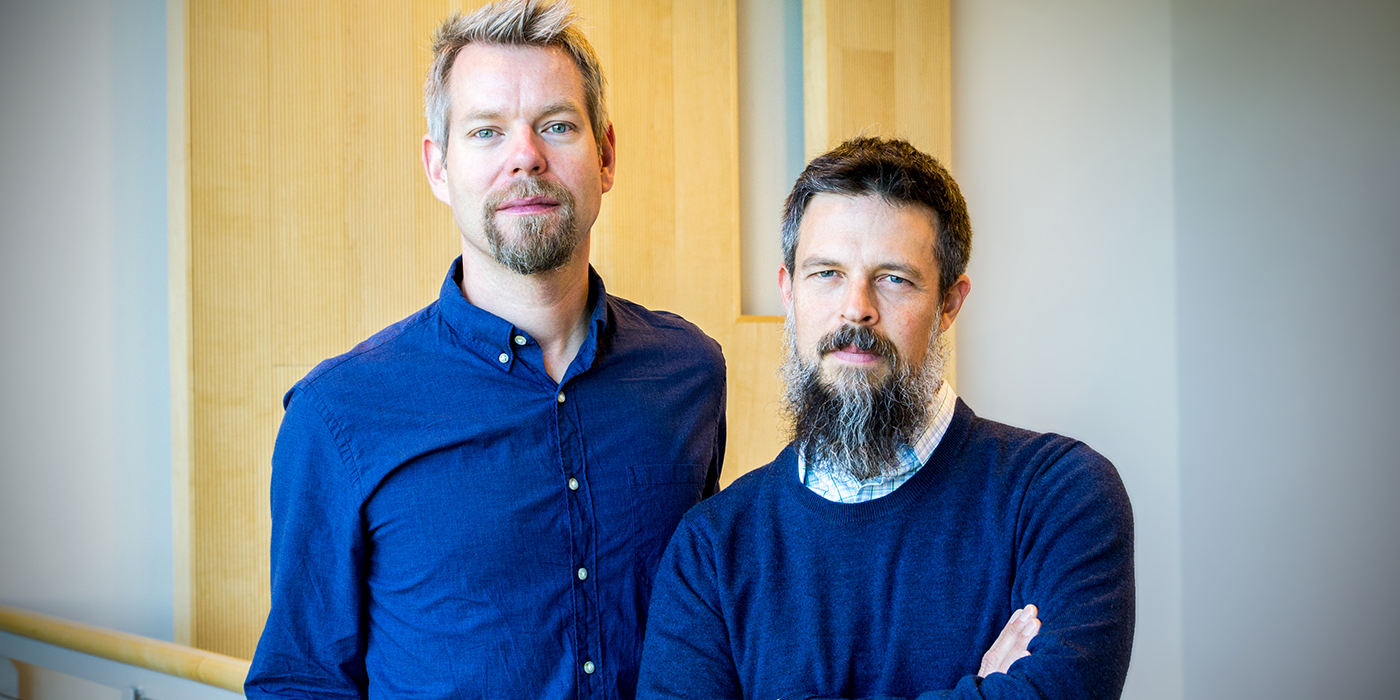
“We want to get rid of the legacy constraints of the natural evolution of these viruses and give them features that make them more useful and precise.”
Today the National Institutes of Health (NIH) announced the award recipients for the second round of BRAIN Initiative awards. Of the $80+ million dollar pool set aside for BRAIN awards in 2015, CBS faculty Daniel Schmidt and Medical School faculty Mark Thomas received an award in the amount of $1.1 million over three years.
Currently, research is limited by laboratory techniques that are difficult to bring to the clinic. In order to investigate specific genetic perturbations, many experiments require the development of transgenic driver lines of rodents or insects—a process that is lengthy, costly, and impossible to implement in primates. Other experiments modify genetic expression by transfecting viral DNA across large tissue structures and attempting to activate only a subset of cell-specific promoters—a technique that lacks precision and can have adverse side effects.
Schmidt and Thomas will use their BRAIN award to create and implement engineered adeno-associated viruses (eAAVs) that provide researchers with the ability to selectively infect specific cell or tissue types. This technique aims to avoid the imprecision of prior techniques, while adding a novel tool to the research community’s toolbox. “We are trying to fundamentally change how cell-type specific labelling is achieved,” says Schmidt. “We want to get rid of the legacy constraints of the natural evolution of these viruses and give them features that make them more useful and precise.”
Different types of neurons express unique sets of membrane proteins. Therefore, eAAVs can be designed to target specific neuron types based on their signature membrane compositions. Moreover, since all cell types have unique combinations of membrane proteins, this elegant solution can be applied across a huge range of research questions.
“These methods are intrinsically translational,” says Schmidt. “Viruses are under active clinical development for gene therapy, and there is a great need for more precise targeting mechanisms that increase safety and efficacy, especially with respect to targeting specific types of cells in the brain.”
– Colleen Smith